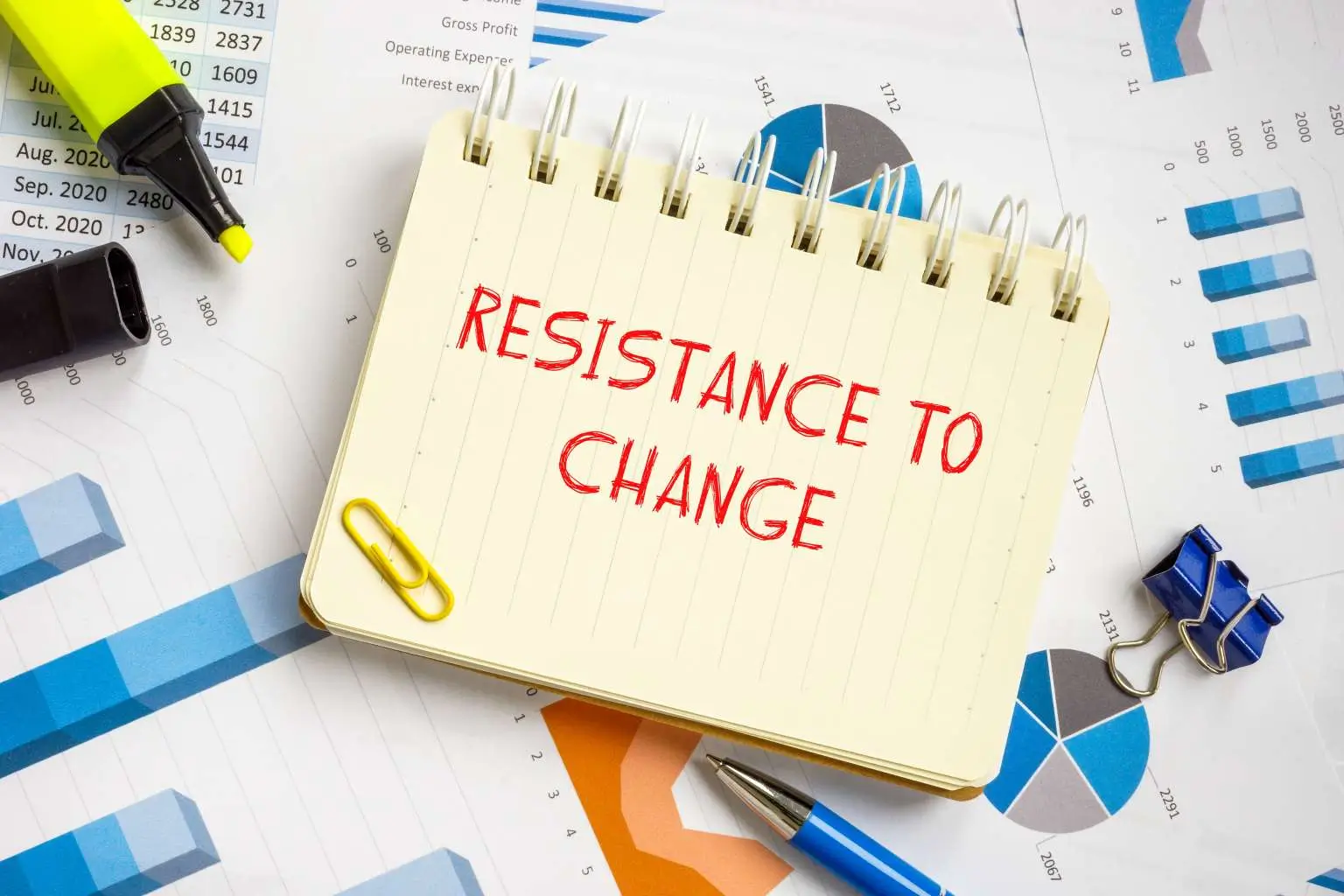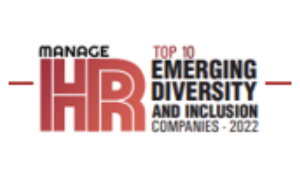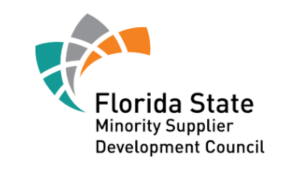Last month I described The Overwhelming Business Case For Workplace DEI in a blog post that described the self-assessment questions to ask about your workplace to determine your action steps to convince your company’s CEO to make DEI a strategic priority. I received some feedback from some readers that despite making the case, there remains resistance to change at their organizations and a willingness to perform symbolic statements of DEI support and gestures in the form of DEI “calendar events” such as Black History Month and PRIDE celebratory events.
This isn’t surprising. According to recent research by JoshBersin.com, in partnership with Perceptyx, a global survey and people analytics company; “Roughly 80 percent of companies are just going through the motions and not holding themselves accountable.”
Report: Most Companies Are ‘Going Through the Motions’ of DEI
Corporate attempts to improve DE&I are falling short, according to new research that raises serious doubts about traditional approaches to the business and social issues surrounding DE&I.
“Roughly 80 percent of companies are just going through the motions and not holding themselves accountable,” according to the report, Elevating Equity: The Real Story of Diversity and Inclusion.
The report is based on survey responses from 804 HR professionals working in a range of industries as well as interviews and one-on-one conversations about the findings with leaders around the world.
Researchers mapped 84 DE&I practices to determine the five essential strategies and 15 practices that have the greatest impact on business, organizational, and workforce outcomes across all industries, geographies, and company sizes. Organizations tend to resort to legacy tactics of bias training, diversity recruiting, and programs that sometimes backfire and contribute to more division than unity, according to the report.
DEI as a Business Strategy with CEO Commitment
The survey found that:
- 76 percent of companies have no diversity or inclusion goals.
- 75 percent of companies do not have DE&I included in the company’s leadership development or overall learning and development curricula.
- 40 percent of companies view diversity work to mitigate legal, compliance, or reputational risks, with HR in an enforcer role.
- 32 percent of companies require some form of DE&I training for employees; 34 percent offer training to managers.
Business Strategy, Not an HR Program
“What we discovered is that DE&I training, recruitment practices, employee resource groups, and many other DE&I interventions add value—but not as much as you may think,” the authors of the report wrote. “In fact, our biggest finding is very profound. The most powerful strategies to drive inclusion and diversity come from the business strategy, not HR programs. When the business has the right focus, the HR practices add value. When done in isolation … the practices have little or no long-lasting impact.”
Gena Cox, Ph.D., an organizational psychologist, and leadership strategist, and co-author David Lancefield offer five strategies for making more progress and creating a more representative, fair, and high-performing workforce in the May 19, 2021, HBR article; 5 Strategies to Infuse D&I into Your Organization:
- First, ensure the CEO positions themselves as the top champion for DEI efforts
- Second, center DEI in your business strategy
- Third, hold executive leaders accountable for DEI outcomes
- Fourth, mitigate implicit bias at the systemic level
- Finally, pivot from diversity training to developing inclusive leaders
The first step of ensuring your CEO positions themselves as the top champion for DEI is HUGE! I offer tips for Gaining DEI Commitment from the Top Checklist in another recent post.
5 Essential Factors: Core Organizational DEI Best Practices
Listen and Act
- Frequently listen to employees and act on results.
- Show that leaders believe diversity is good for business.
- Support people to be their authentic selves.
- Strengthen HR Capabilities in All Roles
Make sure HR can meaningfully consult on DEI issues
- Invite business partners to actively seek out HR for DE&I issues.
- Embed DE&I in every HR program.
Engage Senior Leadership Commitment
- CEO sets DE&I vision and communicates progress.
- CEO holds leaders accountable for DE&I outcomes.
- DE&I strategy is an integral part of business strategy.
Set Goals and Measure
- Invest in benchmarks to measure and drive DE&I.
- Set outcome goals for inclusion (e.g., inclusion index).
- Communicate DE&I metrics internally.
Create Accountability for Results
- Drive DE&I in the entire ecosystem (partners, customers, vendors).
- Embed DE&I in learning and leadership programs.
- Chief Diversity Officer distributes accountability for DE&I outcomes among leaders.
Source: Elevating Equity: The Real Story of Diversity and Inclusion, Josh Bersin and Perceptyx, 2021.
Is your company ready to take strategic and sustainable action to become an inclusive workplace? Want to get started developing a DEI strategic plan aligned with your business goals? Contact us to schedule a needs assessment conversation.
 As CEO and Principal Consultant of Inclusive Leaders Group, LLC, Charlotte Hughes MS, CDP, SHRBP, CPLP brings a diverse background as an accomplished Workforce and Organizational Development and Diversity & Inclusion global thought leader and practitioner for several major Fortune 100 companies and one of the largest health systems in the U.S. Charlotte delivers more than 60 speeches and facilitates roughly the same number of training workshops each year.
As CEO and Principal Consultant of Inclusive Leaders Group, LLC, Charlotte Hughes MS, CDP, SHRBP, CPLP brings a diverse background as an accomplished Workforce and Organizational Development and Diversity & Inclusion global thought leader and practitioner for several major Fortune 100 companies and one of the largest health systems in the U.S. Charlotte delivers more than 60 speeches and facilitates roughly the same number of training workshops each year.








